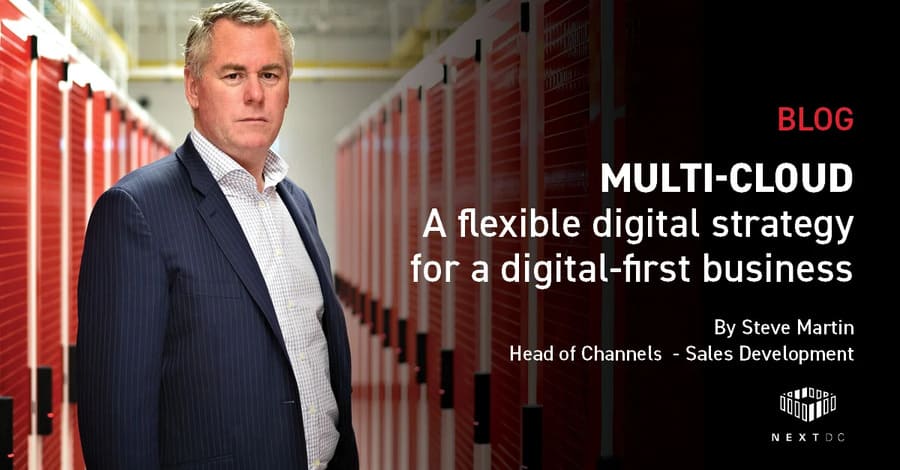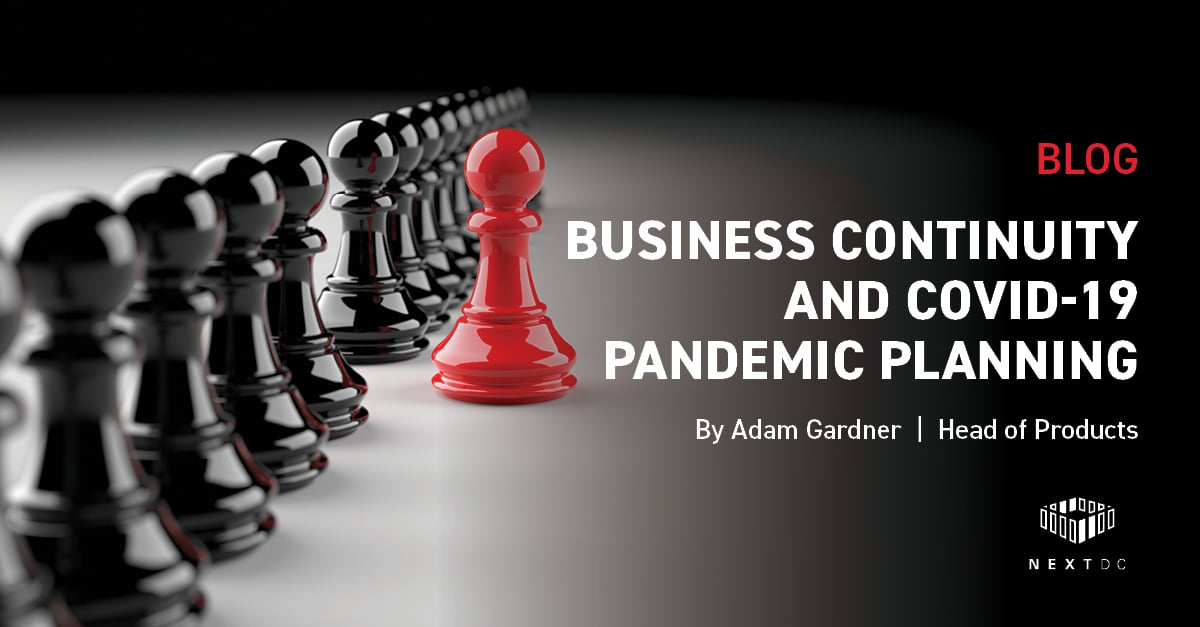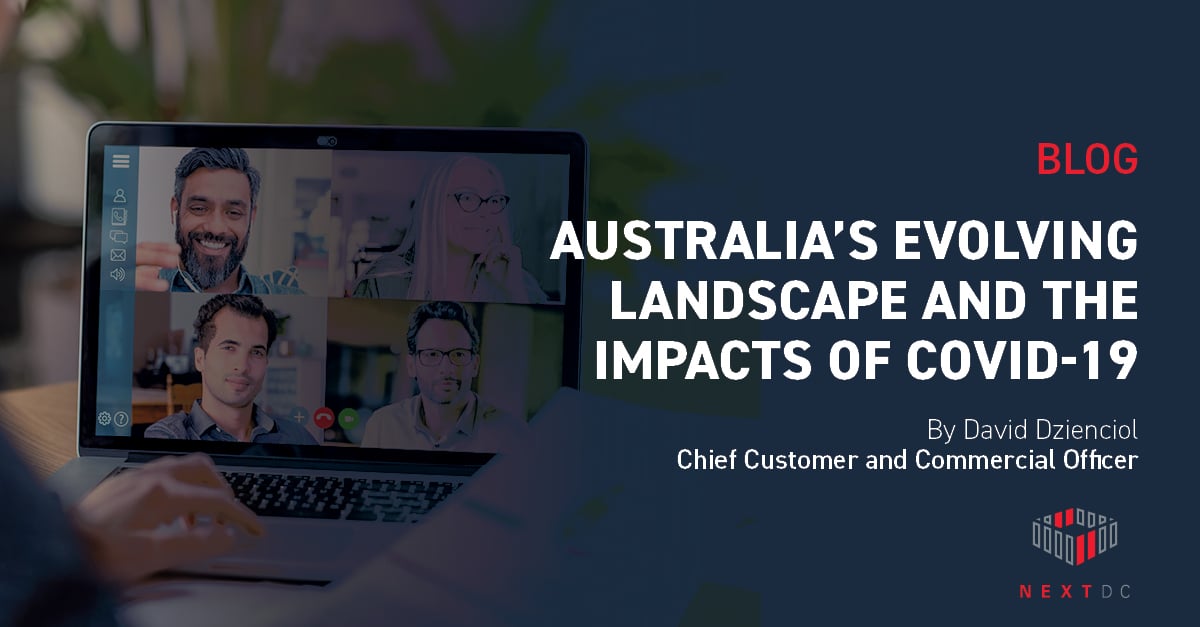By Steve Martin, Head of Channel
It was the UN’s Climate Action Summit in 2019, where Greta Thunberg set her bead on world leaders. “The eyes of all future generations are upon you, and if you choose to ignore us, I say, we will never forgive you.”
As a father who one day hopes to be a grandfather, this call-out from future voices hit home. We’re at a pivotal moment in history where we can either choose to continue down the same path, or sharpen our focus beyond quarterly numbers and three-year election cycles to envision a liveable future.
Over the 40 years of my career, digital technology has evolved from clunky desktop PCs to its current position as the heartbeat and growth-engine of business and society.
As transformation accelerates, so too does its impact on the environment. We need to take that challenge seriously and find ways to mitigate risks.
Channelling sustainability
The digital supply chain plays a critical role helping organisations sustain growth, innovation, resilience and security. Sustainability doesn’t rank as highly in most solutions engineering, but it should.
With Anthony Albanese’s new Federal Government committing the nation to a 43% reduction in carbon emissions by 2030, sustainability has jumped to the front of the priority queue for every Australian organisation. It’s not just our descendants watching, so too is the Government and with energy consumption for IT ballooning, the carbon footprint of data centre will now forever be under scrutiny.
We continue to witness first-hand the impact of human activity on our changing climate, so sustainability’s status has been elevated in risk discussions at boardroom tables. It also now reverberates deeply through the hearts and minds of employees, customers, investors and regulators.
Organisations are under increasing pressure to set net-zero target deadlines. We’re even seeing sustainability and ESG performance metrics written into C-level executives’ KPIs. Mastercard is a classic example of this after publicly announcing that ESG improvement is mandatory for all business units, with financial incentives now dependent on sustainability progress.
Critical conversations
Identifying key issues around sustainability and solutioning concepts that centre around energy efficiency are conversations leaders now insist on having.
The way I see it, there are two ways to drive value in sustainable digital growth conversations; both representing demonstrable gains with minimal effort.
1. Optimising server utilisation
The biggest sustainability gains come from energy not used. Hybrid IT has accelerated over the last two years leaving infrastructure stranded (or no longer visible) in transition. It represents significant capital stagnation and power usage, for no financial gain.
The concept of switching off, repurposing or relocating “zombie” servers (aka “comatose” or “ghost” servers) isn’t new. A number of studies conducted over the years confirm that.
Often deprioritised, now, in pursuit of sustainability gains, this is no longer acceptable. Clearing out the waste is a short-cut to carbon reduction wins. It’s generally accepted that ~30% of servers are either no longer providing services or are grossly underutilised. Fix that and customers immediately benefit from that unused power.
Furthermore, zombie devices also represent latent security and resilience risks. Neither of which are a good place to be. There’s great opportunity here for the digital supply chain to introduce value through audit and rationalisation support with a view to optimising assets, eliminating zombie risks and reducing energy consumption.
2. Embracing sustainable data centre operations
Power Usage Effectiveness (PUE) is the industry measure of data centre efficiency. PUE is a ratio aligning power used by computing equipment (the constant, 1:) to how much additional energy is required for operational overheads, i.e., cooling, lighting, maintenance, security etc. (PUE = 1:1+x).
Research confirms that privately-operated data centres score a PUE of between 1:2.0 and 1:3.0.
For specialist providers like NEXTDC, we address this issue through economies of scale, custom design, engineering and operational excellence, helping us achieve industry benchmark PUE performance.
Nationally we average a PUE of 1:1.3, so even if we take the optimistic scenario where PUE on-premise is 1:2.0, just by moving into colocation, the energy used to ‘keep the lights on’ is less than a third it would be under self-management. That not only represents huge cost savings, it significantly advances progress towards your company’s carbon reduction milestones.
In reality, digital acceleration will only see power consumption balloon which is why business leaders are motivated to address their carbon debt, now.
Planning for sustainable future growth (and combatting ESG scrutiny) relies on leaders identifying uncomplicated ways to take sustainability gains from digital infrastructure management. We’re a great place to start.
What comes NEXT?
Carbon neutral IT is the end game. However, you can’t improve what you can’t measure. Just understanding and measuring the carbon footprint is complex.
This is why carbon neutral data centre services such as NEXTDC’s NEXTneutral are becoming prominent solutions to address risk and enable future readiness for a net-zero digital economy.
With NEXTneutral, you can offset 100% of your data centre IT via our partnership with the Qantas Future Planet program.
It eliminates the burden of accounting and compensating for carbon emissions. Big strides can be made with minimum effort, something we, and the broader ICT partner network, are playing a role in guiding customers towards net-zero.
Thunberg’s assertion that our children and grandchildren are watching is a reminder to us all that – as the native American proverb says – “We do not inherit the earth from our ancestors. We borrow it from our children.”
The bottom line is that engineering sustainable digital growth is our obligation to meet repayments on the degrading future we’ve borrowed from our children and our children’s children. The good news is, we can change, without adding burden to the business. It’s up to all of us to step up to the plate.
Reach out to NEXTDC if you want to better understand how strategic digital transformation partners can support their customers’ enterprise-wide sustainability goals with minimal effort.


